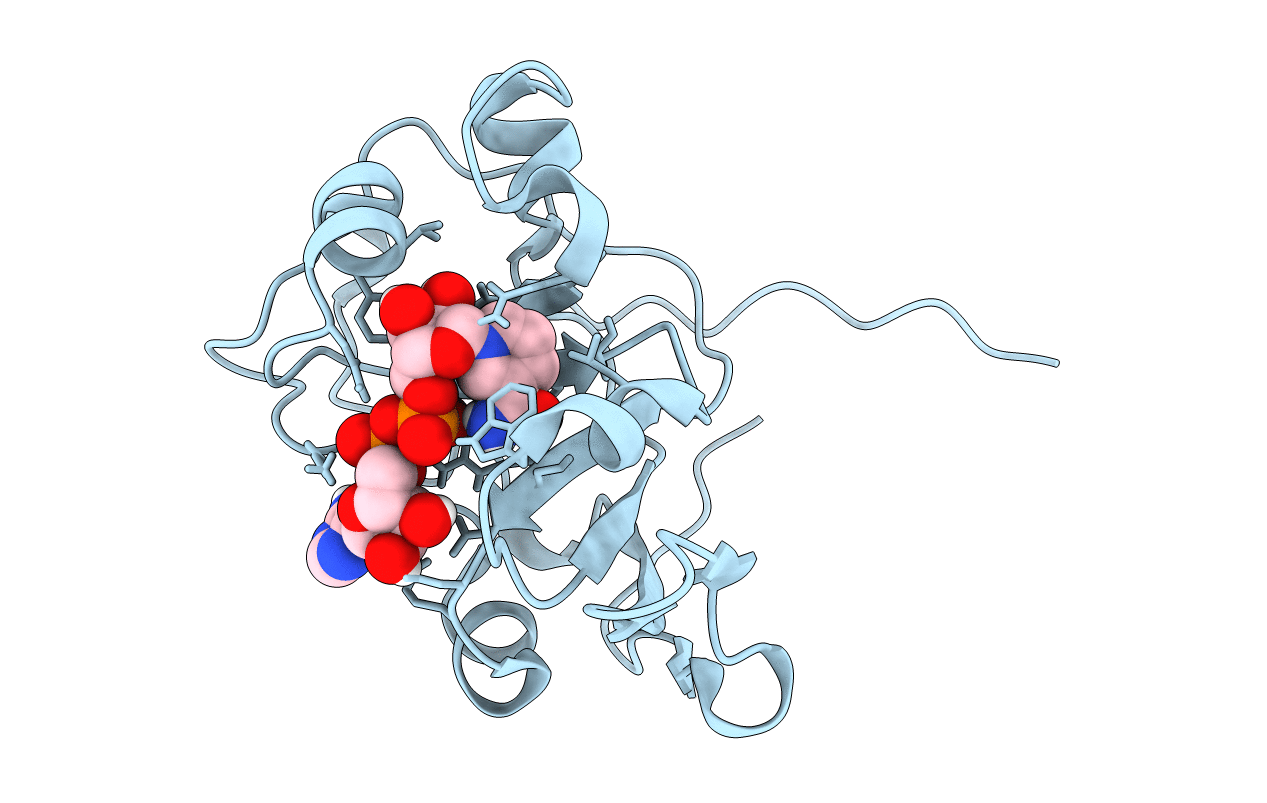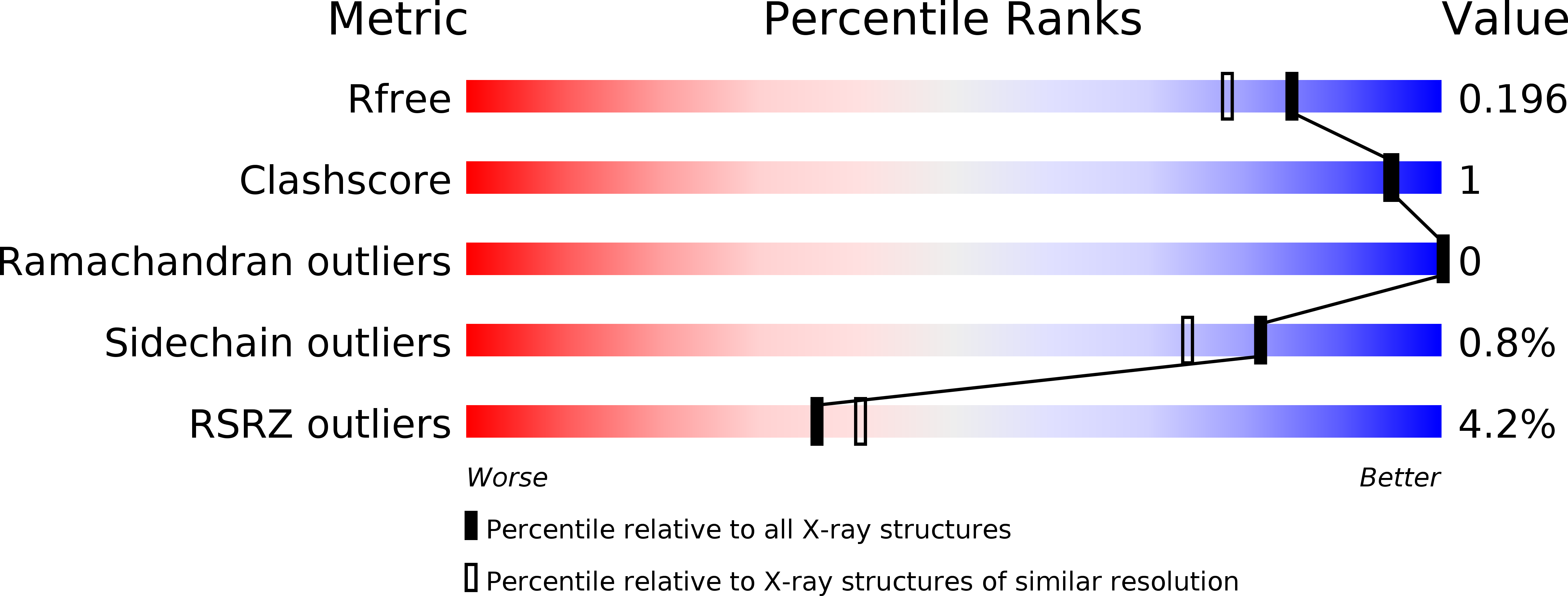
Deposition Date
2016-10-10
Release Date
2017-10-11
Last Version Date
2024-11-13
Entry Detail
PDB ID:
5TLB
Keywords:
Title:
Scabin toxin from Streptomyces scabies in complex with NADH
Biological Source:
Source Organism:
Streptomyces scabiei 87.22 (Taxon ID: 680198)
Host Organism:
Method Details:
Experimental Method:
Resolution:
1.70 Å
R-Value Free:
0.19
R-Value Work:
0.15
Space Group:
C 1 2 1


